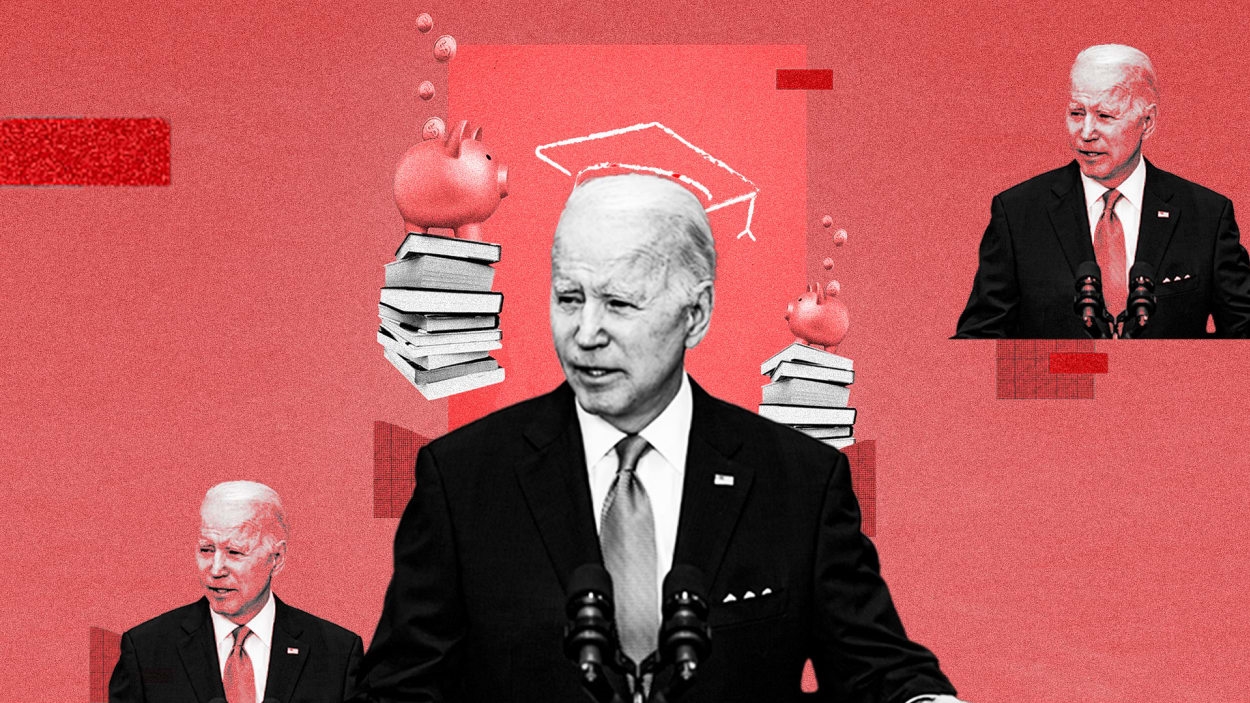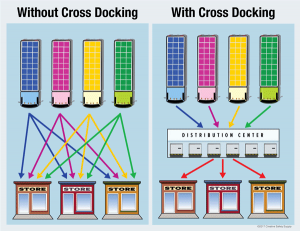
President Biden has made good on a campaign promise, and one that millions of student borrowers have been waiting on: canceling student debt. Biden announced the plan today, tweeting, “In keeping with my campaign promise, my Administration is announcing a plan to give working and middle class families breathing room as they prepare to resume federal student loan payments in January 2023.”
Here are the key takeaways from his plan, with a press conference scheduled for later today:
Student borrowers in the United States owe a collective $1.7 trillion, which has served as an anchor around the necks of millions of Americans for years—it’s also been cited as a reason that many people have put off making large purchases or starting families at younger ages. The move by Biden, which has been deliberated since he took office more than a year and a half ago, was delayed as it was unclear whether he had the authority to make such a move, as Fox News reports. House speaker Nancy Pelosi even speculated last year that the president “does not” have such power.
Even so, Biden and his administration evidently felt confident that it could cancel the debt—or possibly, felt spurred to do so with the midterm elections quickly approaching—and have pushed forward with an unprecedented move that will ultimately come at a cost of roughly $300 billion.
How to determine if you qualify for student loan forgiveness
While many, if not most, student borrowers should see their debt loads lessened by Biden’s move, not everyone is eligible. Here is a quick rundown to determine whether or not you qualify for student loan forgiveness under Biden’s plan:
The timing of the debt cancellations will vary, but the Biden administration says that as many as eight million borrowers may qualify for automatic relief as the Department of Education can check their loan balances in short order. The government will launch an application for other borrowers in the coming weeks to apply for forgiveness.
Finally, the pause on federal student loan repayment, which has been ongoing since the onset of the pandemic, has also been extended through the end of the year.
(17)
Report Post







